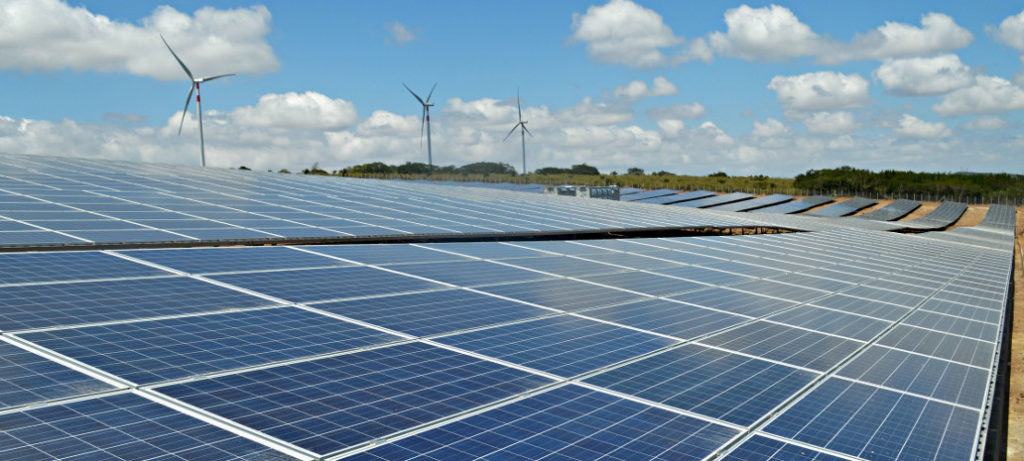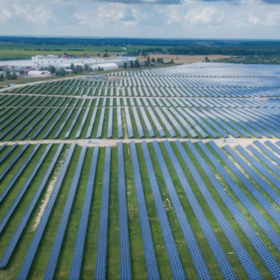The National Solar Energy Federation of India (NSEFI) has sought relaxations for hybrid project deployment in Maharashtra as the state government has come up with a draft of its renewable energy (RE) policy.
Maharashtra’s ‘Unconventional Energy Generation Policy 2020’ proposes to deploy 17,385 MW of renewable power in the state by 2025, out of which 25 MW capacity will come from new technology-based renewables.
In a letter written to the State’s Energy department, NSEFI, on behalf of independent power producers (IPPs), has sought a 15-year duty waiver on electricity generated from wind-solar hybrid projects, levy of transmission charges on the entire capacity instead of INR/kWh basis, and delinking of the secondary RE source capacity from the rated power capacity of the primary RE source.
Electricity duty
Presently, Maharashtra provides a ten-year duty waiver on electricity generated from pure solar and wind projects under respective policies.
NSEFI has sought a minimum 15-year duty waiver on electricity generated from hybrid projects, citing these projects as high capital-cost intensive compared to pure solar or wind.
“Wind-solar hybrid projects (hybrid projects) involve complexities in design, project execution, operations and maintenance vis-à-vis pure-play solar or wind projects and therefore it may not be possible for a consumer to invest and maintain hybrid projects on its own and will have to rely only on established renewable energy developers who can provide clean energy to consumers in Maharashtra under third-party/captive-sale mode from hybrid projects,” NSEFI stated.
Transmission charges
NSEFI said the state government should encourage and promote new technologies, methods and solutions for optimal and efficient utilization of the transmission infrastructure, land, and other natural resources to facilitate the combined operation of wind and solar plants and promote integration with emerging technologies like energy storage systems.
“One such way would be to do away with the existing mechanism of levying transmission charges on per unit basis and instead levy these transmission charges on the entire capacity. This will encourage developers to optimize their hybrid projects so that the cost of transmission charges gets minimized against the present mechanism wherein transmission charges are double that for conventional energy,” it suggested.
Solar/wind ratio
NSEFI said that for the project to get recognized as wind-solar hybrid, secondary RE source capacity should not be linked with the rated power capacity of the primary RE source. Further, there should also not be any restriction on minimum storage capacity for an energy storage project with energy generation source.
This content is protected by copyright and may not be reused. If you want to cooperate with us and would like to reuse some of our content, please contact: editors@pv-magazine.com.









By submitting this form you agree to pv magazine using your data for the purposes of publishing your comment.
Your personal data will only be disclosed or otherwise transmitted to third parties for the purposes of spam filtering or if this is necessary for technical maintenance of the website. Any other transfer to third parties will not take place unless this is justified on the basis of applicable data protection regulations or if pv magazine is legally obliged to do so.
You may revoke this consent at any time with effect for the future, in which case your personal data will be deleted immediately. Otherwise, your data will be deleted if pv magazine has processed your request or the purpose of data storage is fulfilled.
Further information on data privacy can be found in our Data Protection Policy.